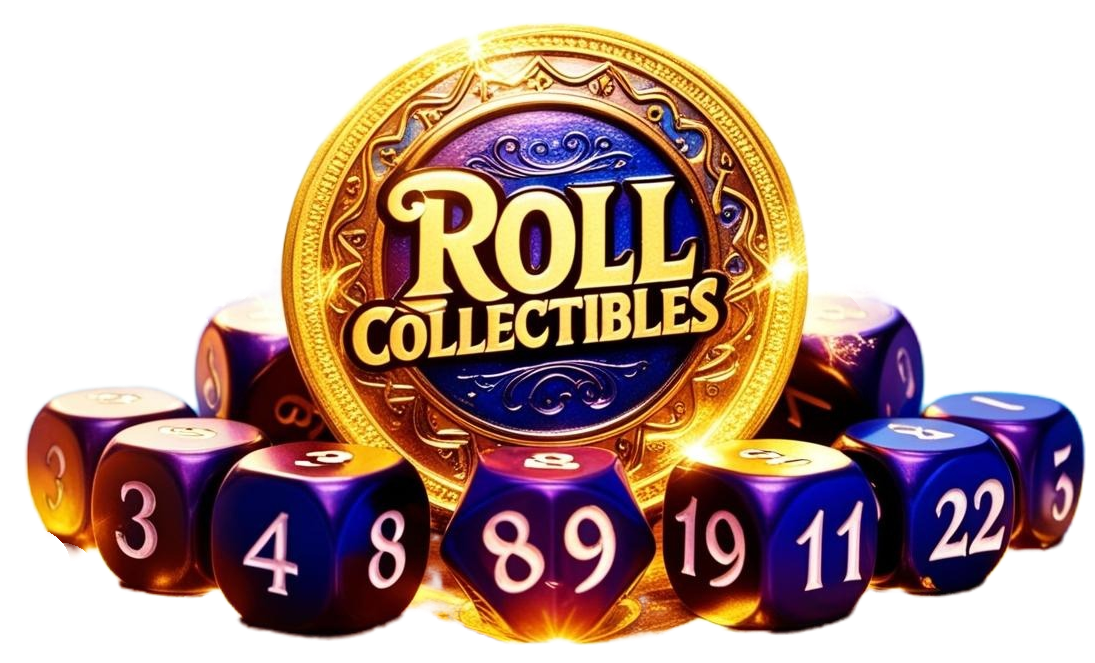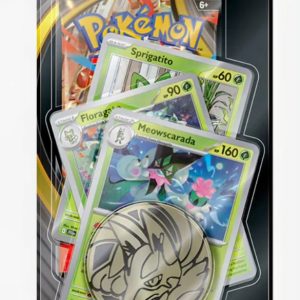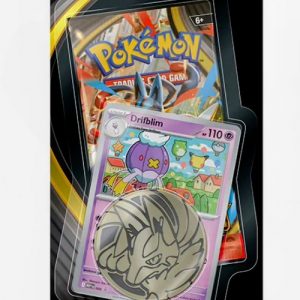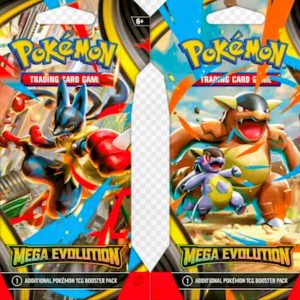The Pokémon Trading Card Game (TCG) is a strategic card game where two players, acting as Pokémon Trainers, battle each other’s Pokémon to achieve victory. This guide will walk you through the essential rules and gameplay mechanics.
1. Understanding Your Cards
Before you begin, it’s crucial to understand the different types of cards in the Pokémon TCG:
* Pokémon Cards: These are your main fighters. They come in three stages:
* Basic Pokémon: These are the foundational Pokémon that you can play directly from your hand onto the field.
* Stage 1 Pokémon: These evolve from a specific Basic Pokémon.
* Stage 2 Pokémon: These evolve from a specific Stage 1 Pokémon.
* Card Information:
* Name: The Pokémon’s name.
* HP (Hit Points): How much damage the Pokémon can take before being Knocked Out.
* Type: The Pokémon’s elemental type (e.g., Fire, Water, Grass, Electric, Psychic, Fighting, Darkness, Metal, Dragon, Colorless). This is important for Weakness and Resistance.
* Attacks: Listed with their names, Energy costs, and damage (if any). They might also have special effects.
* Abilities: Special effects that can be used during your turn, usually without an Energy cost.
* Weakness: A type that deals double damage to this Pokémon.
* Resistance: A type that deals reduced damage to this Pokémon.
* Retreat Cost: The amount of Energy you must discard from this Pokémon to move it to your Bench.
* Energy Cards: These cards are attached to your Pokémon to power their attacks.
* Basic Energy: Provides one Energy of a specific type (e.g., Grass Energy, Fire Energy).
* Special Energy: Provides unique effects or multiple types of Energy.
* Trainer Cards: These cards provide various effects to help you during your turn. They are generally divided into three sub-types:
* Item Cards: Can be played as many times as you like during your turn (unless otherwise stated).
* Supporter Cards: Powerful cards that you can only play one of per turn.
* Stadium Cards: Remain in play and affect both players. Only one Stadium card can be in play at a time; playing a new one discards the old one.
2. Setting Up the Game
* Prepare Your Deck: Each player needs a deck of exactly 60 cards, shuffled thoroughly. A good deck usually has a balance of Pokémon, Energy, and Trainer cards.
* Flip a Coin: Determine who goes first by flipping a coin. The player who goes first cannot attack or play a Supporter card on their first turn.
* Draw Your Hand: Each player draws 7 cards from the top of their deck.
* Find a Basic Pokémon:
* Check your hand for at least one Basic Pokémon.
* If you don’t have a Basic Pokémon, reveal your hand to your opponent, shuffle it back into your deck, and draw 7 new cards. This is called a “mulligan.”
* For each mulligan you take, your opponent may choose to draw one extra card.
* Repeat this process until you have at least one Basic Pokémon in your hand.
* Set Up Your Active Pokémon and Bench:
* Choose one Basic Pokémon from your hand to be your Active Pokémon. Place it face down in the Active Spot.
* You can then place up to five additional Basic Pokémon from your hand onto your Bench, also face down. These are your Benched Pokémon.
* Set Aside Prize Cards: Take the top 6 cards from your deck and place them face down in your Prize Card area. When you Knock Out an opponent’s Pokémon, you take one of your Prize Cards and add it to your hand.
* Start the Game: Both players flip their Active and Benched Pokémon face up. The game begins!
3. Your Turn Structure
Each turn in the Pokémon TCG follows a specific sequence:
* Draw Phase: Draw one card from the top of your deck. If you cannot draw a card (because your deck is empty), you lose the game.
* Action Phase (Do Any of These, in Any Order, as Many Times as Allowed):
* Play Basic Pokémon: You can play any number of Basic Pokémon from your hand onto your Bench (up to a maximum of 5 Benched Pokémon).
* Evolve Pokémon: You can evolve a Pokémon by playing an Evolution card from your hand on top of the corresponding Basic or Stage 1 Pokémon already in play.
* A Pokémon cannot evolve on the same turn it is played (unless a card specifically allows it, like Rare Candy).
* A Pokémon can only evolve once per turn.
* Attach Energy: You can attach one Energy card from your hand to any of your Pokémon (Active or Benched). You can only do this once per turn.
* Play Trainer Cards:
* Play Item cards as many times as you like.
* Play one Supporter card per turn.
* Play one Stadium card per turn (replacing any existing Stadium card).
* Retreat Your Active Pokémon: You can switch your Active Pokémon with one of your Benched Pokémon. To do this, you must discard Energy cards from your Active Pokémon equal to its Retreat Cost (located in the bottom right corner of the card). You can only retreat once per turn.
* Use Abilities: You can use any Abilities on your Pokémon cards. You can use multiple Abilities in a turn unless an Ability states otherwise.
* Attack Phase:
* If your Active Pokémon has enough Energy attached to it to meet the cost of one of its attacks, you can declare an attack.
* Check Attack Cost: Verify your Active Pokémon has the required type and amount of Energy attached. Colorless Energy symbols can be fulfilled by any type of Energy.
* Apply Damage: The attack deals damage to your opponent’s Active Pokémon as indicated on the card. Place damage counters on the attacked Pokémon.
* Apply Effects: Resolve any additional effects of the attack (e.g., Special Conditions, drawing cards, discarding Energy).
* Check for Knock Out: If an attacked Pokémon’s total damage is equal to or exceeds its HP, it is Knocked Out. The Knocked Out Pokémon and all cards attached to it are moved to its owner’s discard pile.
* Take a Prize Card: When you Knock Out an opponent’s Pokémon, you take one of your Prize Cards and add it to your hand.
* Replace Knocked Out Pokémon: If your opponent’s Active Pokémon was Knocked Out, they must immediately choose a new Active Pokémon from their Bench to move into the Active Spot. If they have no Benched Pokémon, they lose the game.
* You can only attack once per turn.
* End of Turn: Your turn ends. Play passes to your opponent.
4. Winning the Game
You can win the Pokémon TCG in one of three ways:
* Take All Your Prize Cards: Be the first player to take all 6 of your Prize Cards.
* Knock Out All Opponent’s Pokémon: If your opponent has no Pokémon in play (Active or Benched), you win.
* Opponent Cannot Draw a Card: If your opponent needs to draw a card at the beginning of their turn but their deck is empty, you win.
5. Key Concepts and Strategies
* Weakness and Resistance: Pay attention to these! Attacking a Pokémon with a type it’s Weak against will deal double damage, while attacking a Pokémon it’s Resistant to will deal reduced damage. This can significantly impact the battle.
* Special Conditions: Some attacks can inflict Special Conditions on the Defending Pokémon:
* Asleep: Cannot attack or retreat. Flip a coin between turns; if heads, it wakes up.
* Burned: Place 2 damage counters on it between turns. Flip a coin; if tails, place 2 more damage counters.
* Confused: If it tries to attack, flip a coin. If tails, the attack does nothing and place 3 damage counters on itself.
* Paralyzed: Cannot attack or retreat during the next turn.
* Poisoned: Place 1 damage counter on it between turns.
* Special Conditions typically remain until the Pokémon is moved to the Bench, evolves, or a card effect removes them.
* Deck Building: A well-constructed 60-card deck is crucial. Consider the synergy between your Pokémon, Energy acceleration, and Trainer cards that support your strategy.
* Energy Management: Attaching Energy wisely is key. Decide which Pokémon you want to power up and prioritize attaching Energy to them.
* Bench Management: Having a strong Bench provides options for evolving, retreating, and having backup attackers. Don’t let your Bench get empty!
* Reading Cards: Always read your cards carefully! The text on the card overrides general rules if there’s a conflict.
The Pokémon TCG is a game of skill, strategy, and a little bit of luck. The best way to learn is to start playing! Consider trying the Pokémon TCG Live app for a digital experience and a good tutorial. Good luck, Trainer!





